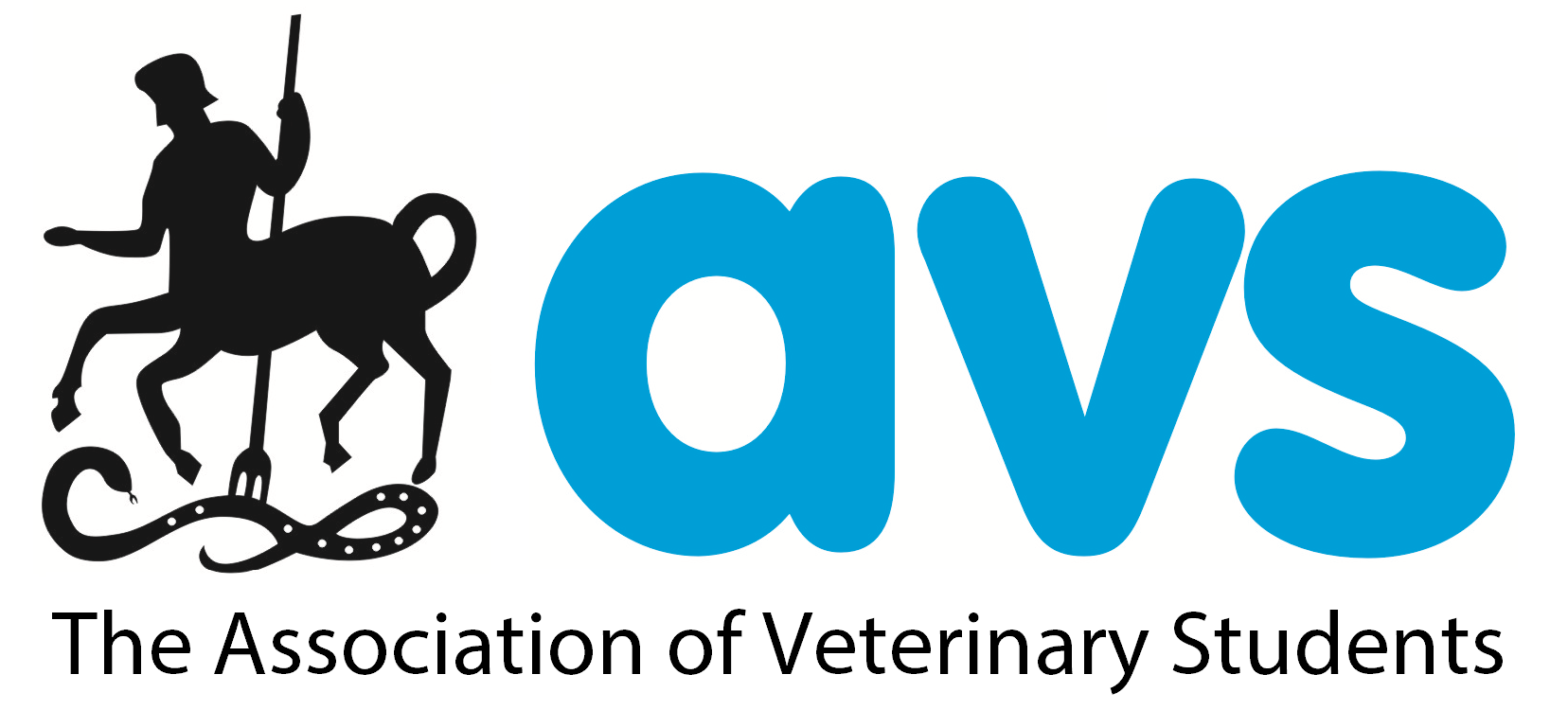The Fight Against Antimicrobial Resistance - RUMA and VMD Conference
The Fight Against Antimicrobial Resistance - RUMA and VMD Conference
By Meg Rawlins, RVC
We all need to fight resistance.
Antimicrobial resistance (AMR) is currently one of the largest threats facing modern society, which could potentially have devastating impacts on both human and animal health. As veterinary students we will play a large role in tackling this complex, global issue in the future; whether this be through ensuring appropriate antibiotic use in first opinion practice, in a policy role or through research.
On the 27th of October 2017 I was lucky to attend a conference by the Responsible Use of Medicines in Agriculture Alliance (RUMA) in association with the Veterinary Medicines Directorate (VMD): ‘Antibiotic resistance- facing up to the AMR Challenge’.
RUMA was established in 1997 with the aim to produce a coordinated and integrated approach to best practice in animal medicine use and promote high standards of food safety, animal health and animal welfare in British Livestock Industry.
One Health Approach
What struck me most about the conference initially was the variety of backgrounds of the delegates; including directors of farmers unions, people from major retailers, veterinarians and human health professionals. Not only was it was inspiring to observe such a diverse range of people coming together to address AMR, it also called attention to the interdisciplinary, one health approach needed to combat this incredibly significant issue.
One health was a major theme throughout the day. Lord Gardiner (Parliamentary undersecretary of state for rural affairs and biosecurity), kicked the conference off to a great start by emphasising the need for one health action. He discussed the links between animal and human health and AMR, and how we need to tackle the concerns of antibiotic use in agriculture from farm to fork.
Professor Paul Cosford, Director for Health Protection and Medical Director for Public Health England, further highlighted the collaboration between the medical and veterinary professions. The phrase ‘gateway to antibiotics’ was used to describe veterinarians, and this term can be applied across the board to other medical professionals; stressing that we all have a role to play with reducing the use of AMR.
The afternoon session consisted of members of the RUMA taskforce discussing the work which they have done. The group consisted of expert veterinarians and farmers who worked to produce guidelines and set goals to reduce antimicrobial usage across the different sectors. These guidelines have since been released and are available to read. What fascinated me most about this part of the conference was how RUMA emphasized the relationship between farmers and veterinarians making it a two way conversation. Opening communication between the two groups can allow for sensitive issues to be discussed, such as encouraging farmers to change practices. This is perhaps something we, as the next generation of veterinarians, should be exploring further.
Animal welfare and AMR
Concern has been expressed by some in the farming and veterinary sectors that the reduction in use of antimicrobials will have a negative impact on animal welfare.
Christanne Glossop (CVO of Wales) addressed this point head on; focussing on how veterinarians can work with farmers to produce effective herd health plans and help improve management- this can reduce the use of antimicrobials in livestock whilst actually improving animal welfare. She also suggested how schemes such as the BVD eradication programme can also help maintain the balance of reducing the burden of disease, improving animal welfare and reducing the usage of antimicrobials.
A variety of videos shown throughout the day also presented the successes of various interventions on a herd health level from a welfare point of view which has helped increase production and decrease antimicrobial usage.
Achievements already
In the past two years, the sales of antibiotics for use in livestock has reduced by 27%; this exceeded the government target previously set. Coinciding with the conference was the release of figures from the Veterinary Antibiotic Resistance and Sales Surveillance (VARSS) which showed that sales dropped from 62mg/kg to 45mg/kg whilst sales of the highest priority critical antibiotics also fell. This has been the lowest recorded levels since surveillance began and the pig sector, which uses the highest amount of antimicrobials compared to the other sectors have had great successes with a 34% drop in antimicrobials in general with a 73% decrease in use of critically important antibiotics.
Take-home messages
These are very promising figures, but there are still many steps which must be taken. Through collaboration, education and advocation, RUMA have made significant progress, but they cannot do it alone. There are still major challenges which need to be tackled, such as the barrier between vets and farmers, as well as maintaining high animal welfare standards.
Nigel Gibbens (CVO of the UK) reminded us to not forget the impact of AMR in companion animal and equine practice, as well as resistance to other drugs such as anthelmintics. Regardless of whether you work with small or large animals, AMR and other disease resistances affect all disciplines within the Veterinary field.
The reality is that despite our efforts, AMR cannot be resolved overnight. Attempts to reach the proposed targets for each sector are still falling short. It is going to require hard work, collaboration and education to achieve this and we as future veterinarians will be at the forefront of this change in use of antimicrobials.
I urge you to go away and read the VARSS report, The RUMA Task Force Report, the O’Neill report and other publications about AMR and consider what can we, both individually and collaboratively, do to mitigate the effects that AMR can have on our society?




